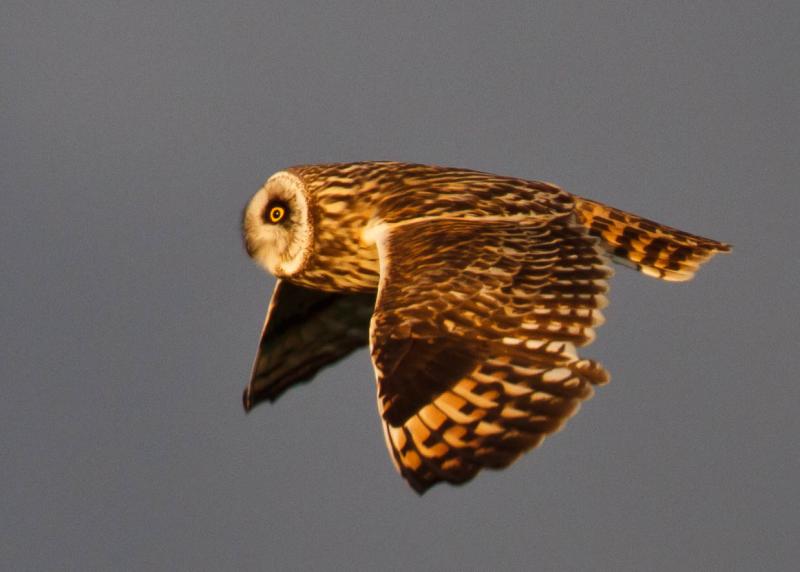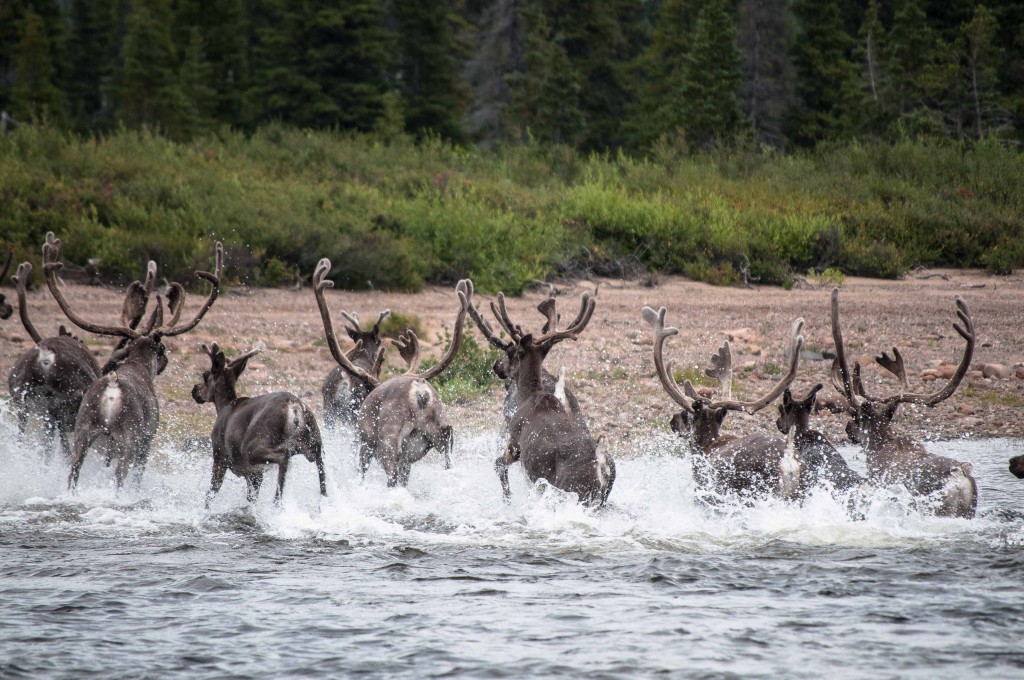The Boreal Songbird Initiative and Ducks Unlimited have released a 20 page bulletin entitled 10 Cool Canadian Biodiversity Hotspots. The report highlights ten locations throughout our boreal forest that provide more detail and insight into its special biodiversity and conservation values.
Caribou House, Quebec and Labrador
Few locations are as important to the earth’s biodiversity as the one and only location where an animal population gives birth and raises its young. In the case of the George River caribou herd, which was until recently the world’s largest herd of migratory tundra caribou, it is even more special.
The herd’s traditional 90,000-km² calving grounds—which straddle the Quebec-Labrador border and is often referred to as “Caribou House”—is a landscape where open, rocky barrens and boggy tundra-like habitats are intersected by river valleys with taller, spruce-dominated forest corridors and towered over by mountains in some areas.
The area is the final destination for one of the world’s largest mammal migrations, where the herd navigates thousands of kilometres northward in late winter and spring to reach the more open landscape that better allows them to avoid predators and make use of the nutritious plant life.
This unique area is home to large predators like black bears and wolves, while also providing important habitat for the tiny Ungava collared lemming, which only occurs in northern Quebec and Labrador.
The mix of open land and mountainous terrain provides nesting habitat for some special raptors and owls, including Short-eared Owls—some of which have been directly tracked to wintering grounds in southern Ontario and northern New York State.
There is a rare population of eastern North American Golden Eagles that winter in the Mid-Atlantic region of the U.S. The George River, flowing north 560 kilometres to Ungava Bay, is also free-flowing and contains no dams blocking access to spawning grounds for a healthy population of sea-run Atlantic salmon.
These same waters provide the Arctic Ocean with crucial freshwater and nutrient inputs that are important for marine fisheries and global ocean currents.
Conservation Status
Estimated at more than 800,000 as recently as the early 1990s, the George River caribou herd has since declined to an estimated 27,000 individuals. Protection of the herd’s calving grounds is vital if we are to continue to maintain this key species in the landscape of the North and prevent the loss of one of the few remaining large-scale mammal migrations left on Earth.
The Government of Nunatsiavut in northern Labrador recently endorsed a proposal to put a 14,000 km² portion of the area off limits to mineral exploration and other industrial development, but is awaiting approval from the Government of Newfoundland and Labrador before the plan can become official.
Additional sections of the herd’s calving grounds are already protected within the Torngat Mountains National Park and within the George River and Pyramid Mountains interim protected areas, but the majority of the calving grounds in Quebec are without protected status and are vulnerable to industrial development, particularly mining.





Great post about a what seems to be a beautiful natural park… we can only hope that governments (and the people who vote for them) understand the need to create more of these!